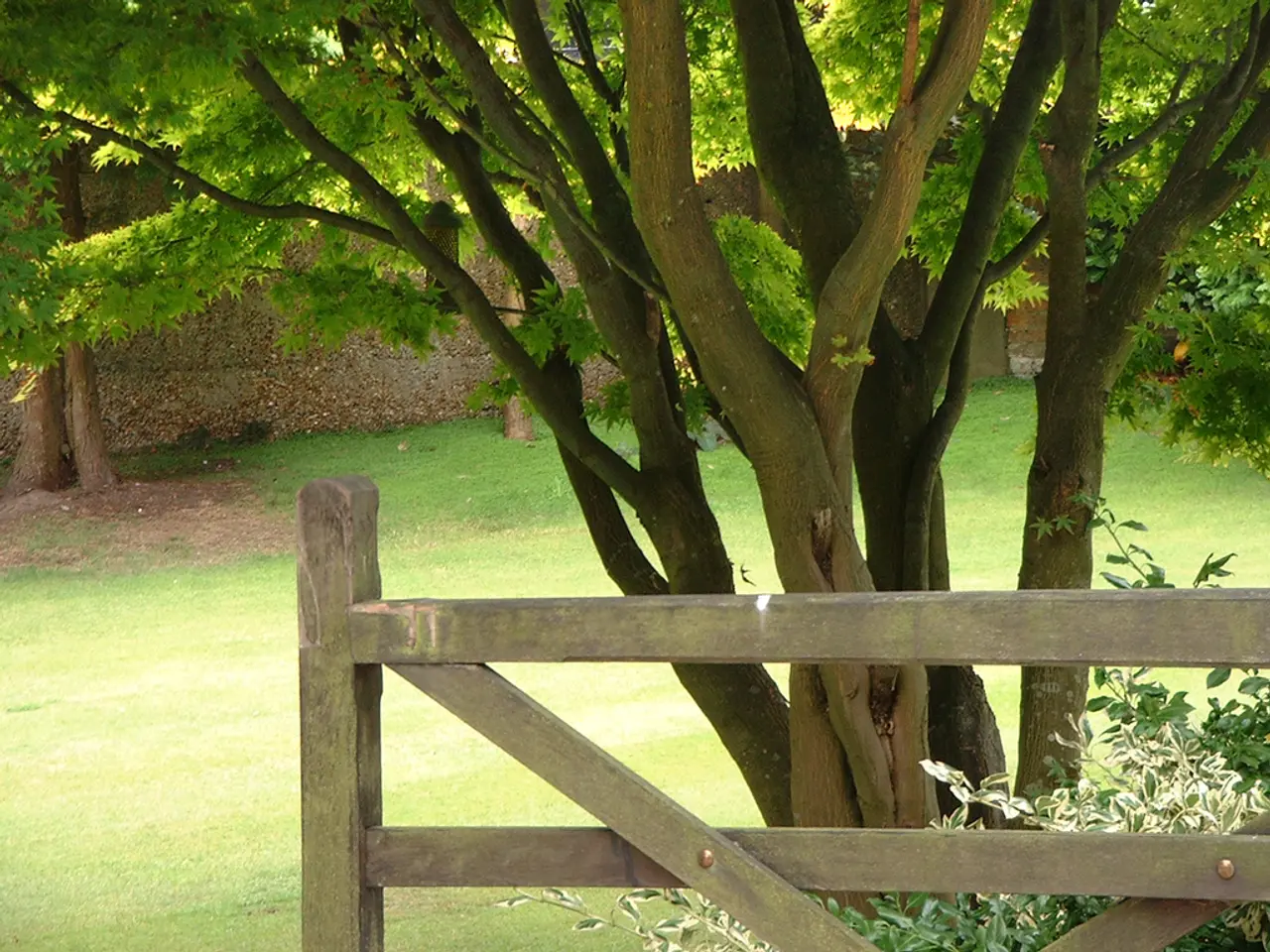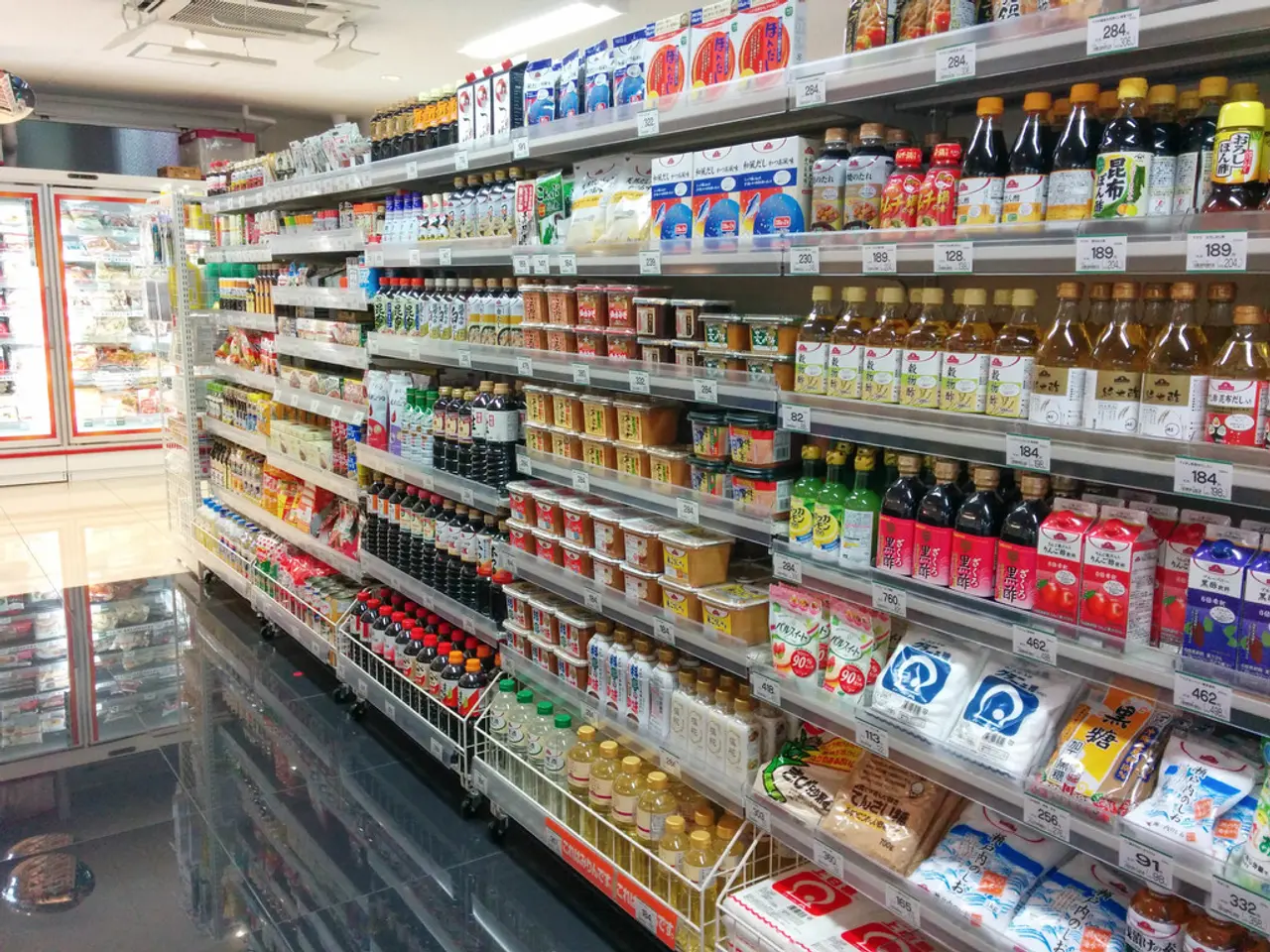Exploration of Organic Building Materials: Beyond Traditional Hobbit Dwellings and Mud Cottages
In the pursuit of a greener future, the construction industry is increasingly turning to natural materials for sustainable building solutions. This article explores some of the most common natural materials used in sustainable construction, their advantages, and the challenges they present.
The most frequently used natural materials in sustainable construction include timber (especially cross-laminated timber, CLT), bamboo, hempcrete, earth materials (rammed earth, cob, adobe), straw bale, and natural stone (often recycled or reclaimed).
Timber (CLT and managed forest timber) is a renewable resource if sourced responsibly. It offers excellent thermal insulation, carbon-sequestering properties, and is lightweight yet strong. However, it requires sustainable forestry management to avoid deforestation and is vulnerable to moisture and pests if untreated.
Bamboo, a fast-growing grass, is strong, durable, and versatile. It can be used for flooring, cabinetry, and structural support, making it a cost-effective alternative. However, its regional availability is limited, and it requires proper treatment to resist insects and decay.
Hempcrete is lightweight, breathable, carbon-negative, and offers good thermal and acoustic insulation. It is fire-resistant but has lower structural strength, requiring a supporting frame. Its availability is limited in some regions.
Earth materials (rammed earth, cob, adobe) are excellent for thermal mass and have very low embodied energy. They are locally sourced and ideal for climate-adapted construction. However, they are labour-intensive, require protection from water damage, and have limitations in structural use.
Straw bale is highly insulative, natural, and abundant in rural areas. It is cost-effective and carbon-storing. However, it is susceptible to moisture and mold if not properly protected, and there is a fire risk if untreated.
Natural stone (recycled or reclaimed) is durable and long-lasting, reducing the need for new extraction. It provides a rustic charm. However, quarrying impacts the environment, and the material is heavy, increasing transport emissions. It is also a finite resource.
Cross-laminated timber (CLT) is notable for being carbon-negative, strong, and increasingly used for mid- to high-rise buildings, combining sustainability with performance. Hempcrete sequesters more carbon than it emits, is fireproof, and improves indoor climate. Bamboo is a renewable grass that offsets deforestation pressures and grows much faster than traditional wood.
Using locally sourced materials reduces transportation emissions and supports regional identities in building design. Challenges with natural stone include energy-intensive quarrying and transportation, and potential environmental degradation, which has led to alternatives like manufactured stone veneers. Some materials like straw bale and earth materials require specific building techniques and maintenance to address issues like moisture and fire resistance.
In summary, these natural materials contribute significantly to reducing environmental impacts through renewability, carbon sequestration, and thermal performance but require thoughtful sourcing, treatment, and design considerations to overcome durability and availability challenges.
Every cubic metre of wood used in construction can retain 1 ton of CO2. Hemp-based structures date back to Roman times, and bamboo can sequester 6-13 Mg per ha per year, or up to 600 tonnes per hectare over a 30-year period.
The cost and ease of building with mud and earth can vary massively across the globe. France is leading the way with the most construction projects using hemp, while the UK, Israel, and the USA are not far behind in terms of hemp production and the potential to develop a hemp building sector.
Architects, planners, designers, local authorities, and individuals can make a difference in sustainability by choosing the right materials. In an urban environment, materials should have sound-absorbing ability, optimize indoor air quality, and regulate temperature. Estimates suggest that natural fibre prices will remain low, likely below €1/kg.
In conclusion, the future of sustainable construction lies in the intelligent use of natural materials. By understanding their advantages and challenges, we can build a greener, more sustainable world.
- In sustainable construction, timber (CLT and responsibly sourced timber) is appreciated for its renewability, excellent thermal insulation, carbon-sequestering properties, lightweight yet strong nature, but it is prone to moisture and pests if untreated.
- Bamboo, a fast-growing grass, is a cost-effective alternative in sustainable construction due to its strength, durability, and versatility, but its availability is limited, and it requires proper treatment to resist insects and decay.
- Hempcrete, a carbon-negative material with good thermal and acoustic insulation, offers a breathable, lightweight, and fire-resistant alternative, but it has lower structural strength, requires treatment for water resistance, and is limited in some regions.
- Earth materials (rammed earth, cob, adobe) are locally sourced and ideal for climate-adapted construction, offering excellent thermal mass, very low embodied energy, and contributing to a greener world, but they are labor-intensive, require protection from water damage, and have limitations in structural use.
- Straw bale is a cost-effective and carbon-storing material that is highly insulative and abundant in rural areas, but it is susceptible to moisture and mold if not properly protected, and there is a fire risk if untreated.
- Natural stone (recycled or reclaimed) is durable and long-lasting, reducing the need for new extraction and providing a rustic charm, but quarrying impacts the environment, and the material is heavy, increasing transport emissions, and it is a finite resource.
In addition, other materials like data and cloud computing, technology, education, and personal growth help us navigate and adapt to the new green world by offering valuable information, innovative solutions, and opportunities for learning and self-improvement. Moreover, lifestyle, fashion-and-beauty, and food-and-drink sectors can contribute significantly to a sustainable future by promoting eco-friendly practices, products, and dietary choices.




